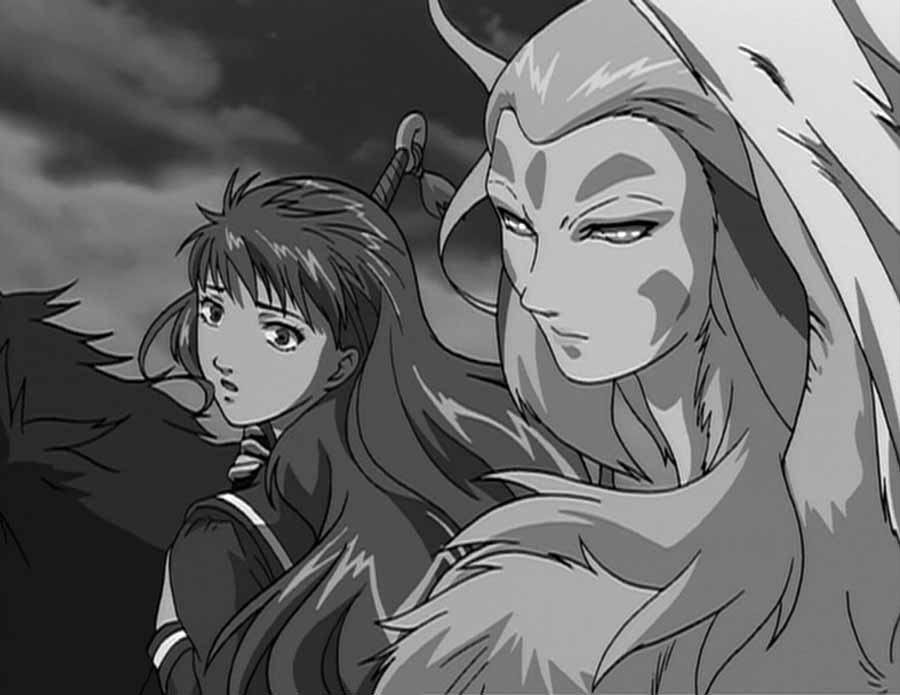
Fuyumi Ono is a big bestseller with a cumulative issue number exceeding 10 million copies. It can be said it is a representative fantasy in Japan, with not only English translation version, but also Taiwan and Korean versions published. Initially published from the light novel book collection label "Kodansha X Bunko White Heart" which was accompanied by beautiful illustrations by Akihiro Yamada. TV anime based on this novel was broadcasted from 9th April 2002 to 30th August 2003 within NHKBS2 satellite anime theater frame. After that, Educational TV, Satellite Hi-Vision and BS premium also rebroadcast, also broadcasted in South Korea, Taiwan, China, the United States etc. It is popular in Asia.
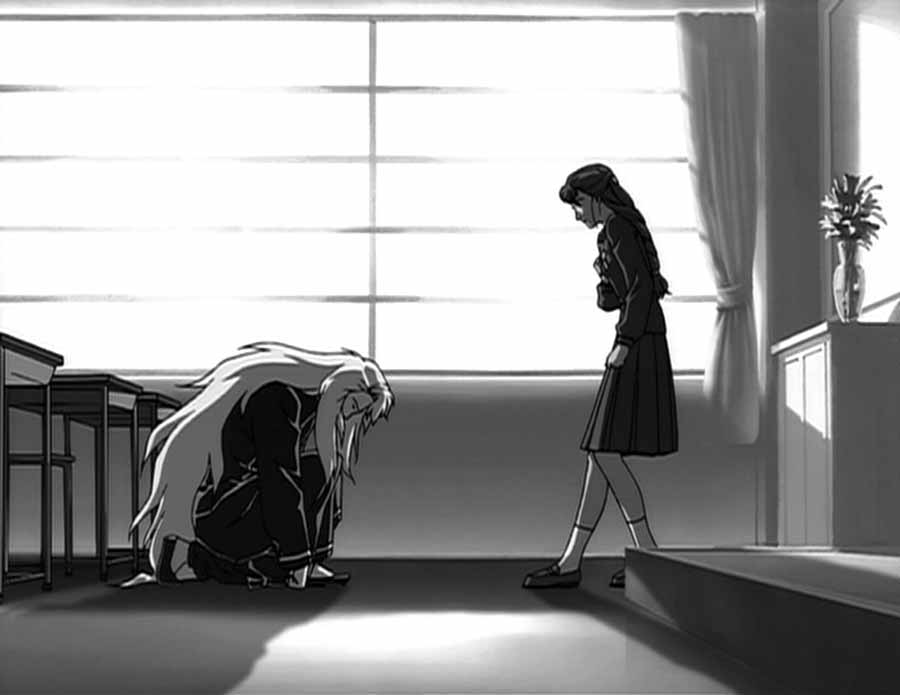
According to Mr. Kazuteru Oshikiri, who was involved in production as an animation producer at the animation production company "Pierrot", how to animate Akihiro Yamada's illustration was a matter of concern.
"Because Mr. Yamada's painting was drawn to details as well, I was struggling how to simplify it and not to make it sober. I imagined it as a stage in China's Spring and Autumn Warring States Period. We gathered the materials of that era and investigated the cityscape and buildings from there. We borrowed a lot of the images of NHK special for reference. As you can see, we considered the technical background with ghost existing. Yoko and others wear armor made of easy-to-move skin. "
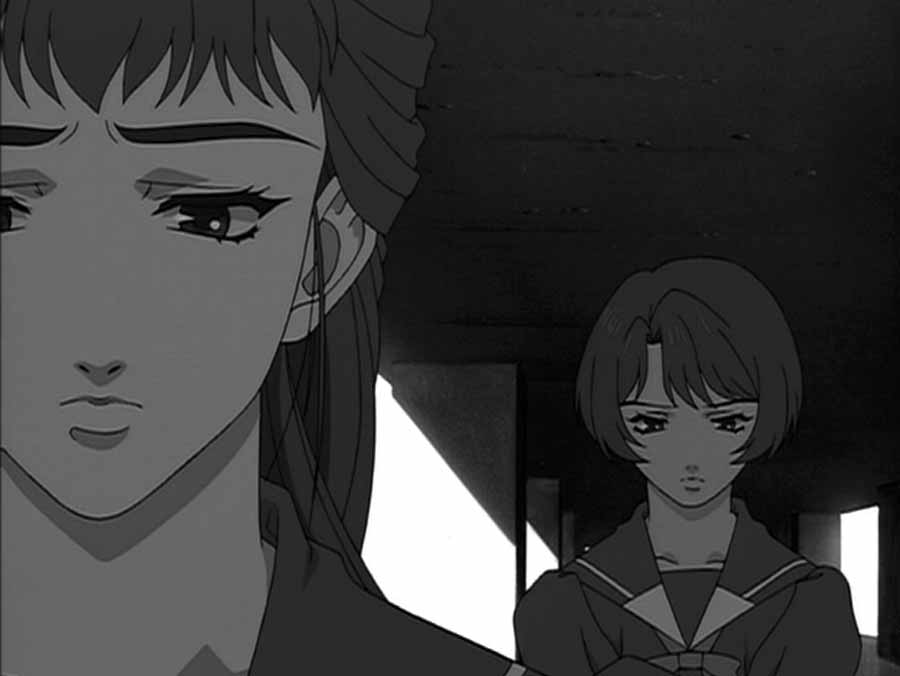
Sho Aikawa understood the original view of the world to the fullest, and has been handling the script of animation for many years, so his completion degree of the adaptation of the script was great. Animation has some unique developments different from the original. The biggest difference is that Yoko Nakajima, the heroin from story 1 to 14 episodes, accompanies classmates like Yuka Sugimoto and Ikuya Asano to the world of the twelve kingdoms. Asano is missing on the way (reappearing in 27 episodes), but Sugimoto who likes fantasy and thinks that "this world is his world" gradually starts to be hostile to Yoko, who truly believes the world hers. Although this deployment is said to have been unpopular with the original fans, the special nature of the situation where Yoko was placed by the existence of Sugimoto was more prominent.
"I think that the novel was established by interacting with intention within Yoko, but it is rather difficult to say that the story can proceed with Yoko always suffering when it is made into animation. Character Sugimoto was chose as a partner who can make a word and go together. Yoko returned to become a king to the world, and Sugimoto I made by his will. They exchanged things one by one to would progress the story. That situation was necessary to show.”

Music played a major role. Having appointed Kunihiko Ryo, who had never worked on animated music until then, succeeded gracefully. It really matched the different world of Chinese style.
"Since Mr. Ryo can write scores and direct all the orchestras, I think that has become the thickness of the world view. In regard to BGM flowing in the main part, Mr. Ryo wrote many songs with his imagination. We adjusted them according to the scene and pulled out the matching songs and used them. Mr. Ryo said it was okay to cut off anywhere and use it. "
Especially the spectacular and elegant opening song ""Twelve illusionist songs" was the one that decided the world view.

"Because it was NHK, we were able to make the opening as we wanted. It was aimed exactly with something without lyrics like a Taiga drama. It was actually re-written once. An excellent song but the song which first came up was thicker. It seemed completed only by the opening. I asked Mr. Ryo to make it light. I wanted it more interested and attracted every time, and the opening was not heavy. "
A huge number of staff members were involved in the "The Twelve Kingdoms" and the drawing director changed every time. It was the director Tsuneo Kobayashi who bound it barely.
"It is a picture story, a directive on the scene, a comment as a director for what was done: because Mr. Kobayashi has persuasive power anyway, everyone is convinced. That makes sense reasonable Because he could explain properly, it was easy to organize. He was a person who made me think that it is best to do as I was told. "
Unfortunately, director Tsuneo Kobayashi passed away in 2015. For Mr. Oshkiri, "The Twelve Kingdoms" is left as "the first work that worked with Mr. Tsuneo Kobayashi".
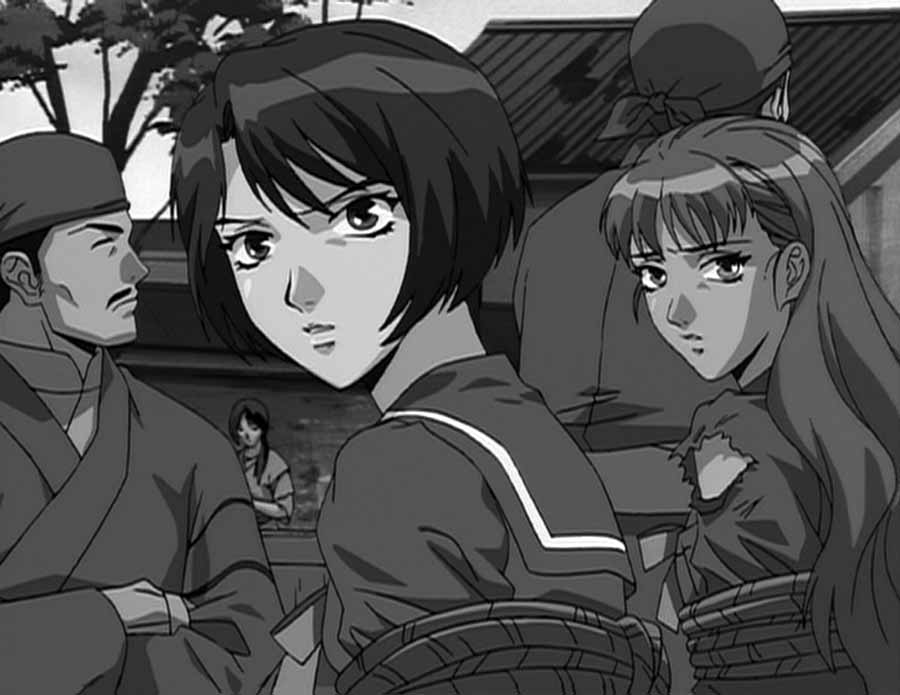
"I did not know what kind of work he would make. When I first saw his storyboard, I thought," There is such a person!” It’s very rare to say such a thing seeing a picture story. “The Twelve Kingdoms" was a really good work for seeing Mr. Tsuneo Kobayashi's making. Other people would do this quickly, but director Kobayashi was always very precise from the collection of materials to everything. Mr. Aikawa, a tremendously talented scenario writer, was able to express Professor Ono’s world. Ryo Kunihiko was also utilized very effectively as a song writer. I think that's because Tsuneo Kobayashi was there. "
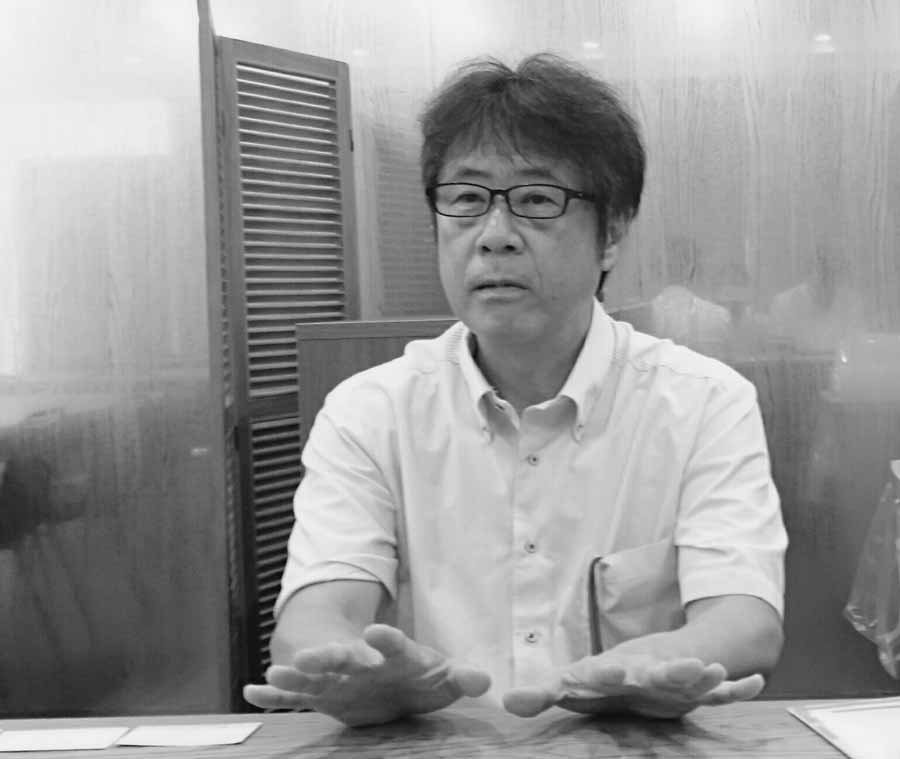
In the combination of director Tsuneo Kobayashi and producer Kazuteru Oshikiri, Ryo Kunihiko was appointed again in "British lyrical Emma" in 2005. At that time, director Kobayashi said "I want Mr. Ryo not only like Asia." Kunihiko Ryo responded and offered British-like music. "The Twelve kingdoms" and "Emma" are his representative songs that are still being performed live. And then Kunihiko Ryo has been tremendously popular in Asia. His animation debut was a work resonating to Asia "The Twelfth Kingdoms" was a really happy encounter.

Written by:Namiko Hamano(濱野奈美子)
[関連記事]